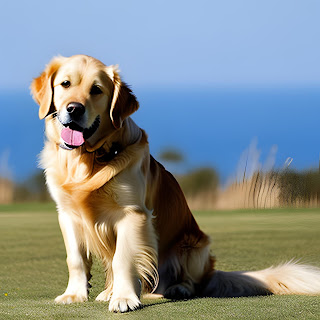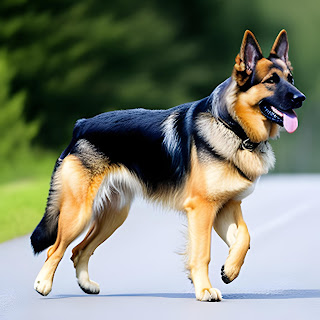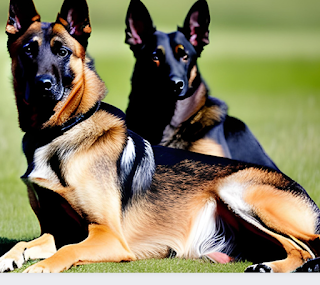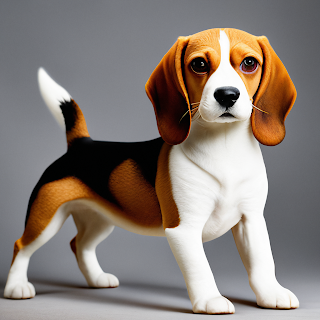Unleashing Independence: How Service Dogs Empower People with Disabilities
Discover the life-changing benefits of service dogs for individuals with disabilities. Learn about the various tasks these exceptional canines perform and how they enhance the lives of their handlers.
Service dogs play a vital role in assisting people with disabilities, providing them with independence, safety, and companionship. These specially trained canines perform a wide range of tasks to help their handlers navigate daily life with greater ease and confidence. In this article, we will explore the positive impact of service dogs on individuals with disabilities and highlight the incredible work these four-legged heroes do to improve their handlers' quality of life.
Types of Service Dogs and Their Roles
Service dogs are trained to assist people with various disabilities, including:
1. Mobility assistance dogs: These dogs help individuals with physical disabilities by performing tasks such as opening doors, retrieving dropped items, and providing stability during walking or transfers.
2. Guide dogs: Guide dogs assist individuals who are blind or visually impaired by safely navigating obstacles and alerting their handlers to changes in elevation.
3. Hearing dogs: For people with hearing impairments, these dogs alert their handlers to important sounds, such as doorbells, smoke alarms, or crying babies.
4. Seizure response dogs: These canines are trained to recognize the signs of an impending seizure and provide assistance during or after the episode, such as fetching medication or alerting a caretaker.
5. Psychiatric service dogs: These dogs support individuals with mental health conditions like PTSD, anxiety, or depression by providing comfort, interrupting harmful behaviors, or guiding them to a safe space during a panic attack.
The Positive Impact of Service Dogs on People with Disabilities
Service dogs have been making a positive impact on the lives of people with disabilities for many years. These specially trained dogs help individuals with physical, mental, and emotional disabilities to live more independently and improve their overall quality of life. In this article, we will discuss the various ways in which service dogs benefit people with disabilities.
1. Increased Mobility
For individuals with physical disabilities, service dogs can provide a great deal of assistance in terms of mobility. These dogs are trained to help their owners with tasks such as opening doors, turning on lights, and retrieving objects. They can also provide stability and balance support, which is especially helpful for those who use wheelchairs or have difficulty walking.
2. Emotional Support
Service dogs can also provide emotional support to individuals with mental health conditions such as anxiety, depression, and post-traumatic stress disorder (PTSD). These dogs are trained to recognize signs of distress and can provide comfort and companionship to their owners when they need it most. This emotional support can help to reduce symptoms of anxiety and depression and improve overall mental health.
3. Independence
Service dogs can also help individuals with disabilities to live more independently. These dogs are trained to perform tasks that would otherwise require assistance from another person. This increased independence can lead to greater self-esteem and a sense of control over one's life.
4. Improved Socialization
Service dogs can also help individuals with disabilities to improve their socialization skills. These dogs are often a great conversation starter and can help their owners to feel more comfortable in social situations. This increased socialization can lead to greater opportunities for community involvement and a more fulfilling social life.
5. Safety
Service dogs can also provide a sense of safety and security to individuals with disabilities. These dogs are trained to recognize potential dangers and can alert their owners to potential hazards. They can also provide assistance during medical emergencies, such as seizures or low blood sugar levels.
In conclusion, service dogs have a significant positive impact on the lives of people with disabilities. They provide increased mobility, emotional support, independence, improved socialization, and safety. If you or someone you know has a disability, consider exploring the possibility of obtaining a service dog. The benefits are truly life-changing.
.jpg)
.jpg)
.jpg)
.jpg)
.png)
.png)
.png)

.jpg)
.jpg)
.jpg)

.jpg)
.jpg)
.jpg)
.png)
.jpg)
.jpg)





.png)
.jpg)
.jpg)

.jpg)


